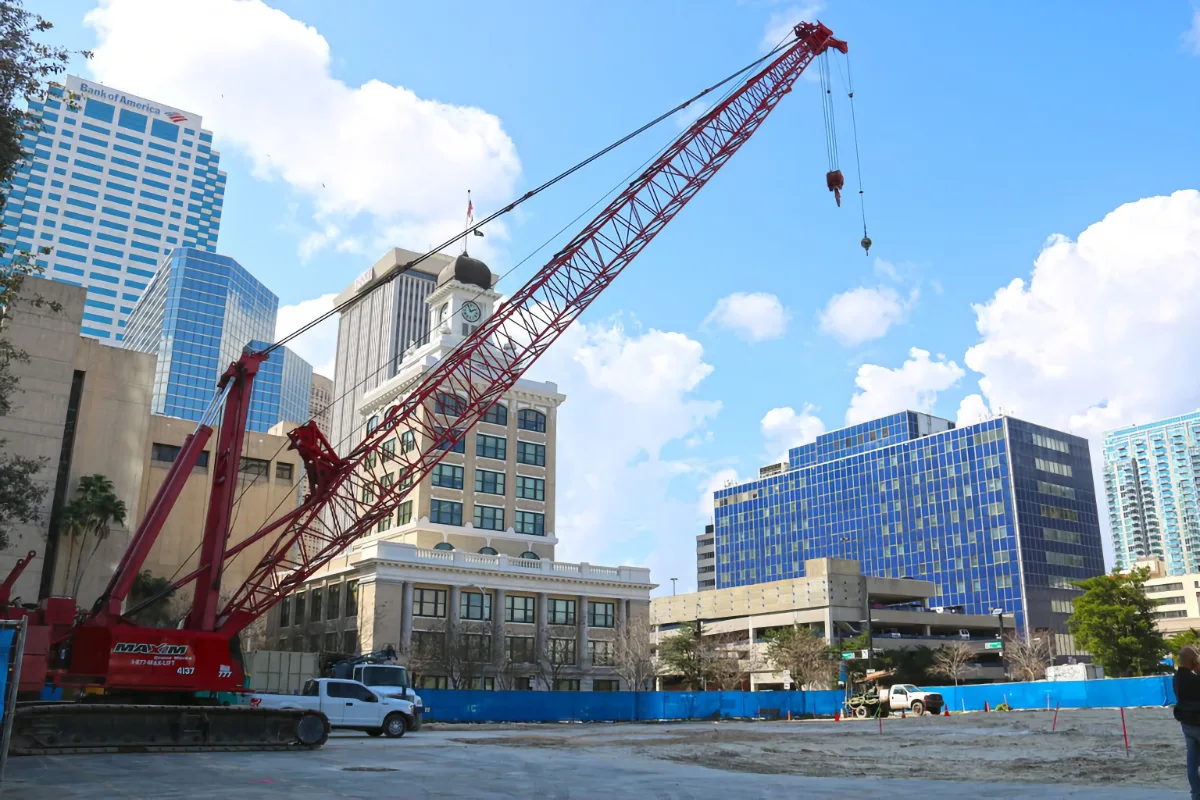I received some questions about my last post so let me try this again.
Last year $11 million was budgeted for a fire station that was pulled off the table. The station was intended to be funded through a bond. Where did the money go? The official answer was since no debt was issued, no corresponding action was required.
I had to put it in a more relatable scenario for it to make sense. Say I need a new car. I don’t have $50,000 in the bank to pay for it so I plan on taking out a loan. But then I hear about a better model coming out next year so I put it off. I didn’t take out the loan so I don’t have an extra $50,000 in the bank to spend elsewhere.
That’s it. Never had it can’t spend it.
And I’m going to admit, it was difficult for me to switch contexts when thinking “balanced budget” until l started considering the CIP budget to be separate from “The Budget”. Back to the car analogy, in a realistic scenario I would have to budget for monthly and down payments, legal documents, tax. That part has to balance with my income each year. Not the full cost of the car. There is $665,000 in FY24 budget for debt services related to the $20 million in the CIP budget. It is projected we will need to budget $7 million a year for 30 years for the full $116 million in Capital Improvement Projects.
What has further confused the situation was the introduction of the reimbursement resolution. Its perfunctory. A procedural step. You could call it a safeguard to prevent bond funds from being used on projects out of scope or over the approved cap. But what it isn’t is an obligation to borrow that much money now. What is to be bonded is wholly controlled by City Council during the budget approval process one year at a time. If a reimbursement resolution isn’t passed, we can’t spend $116 million dollars and then decide to bond it. You must declare in advance your plan. In the declaration you outline what projects, over what period of time the work can be done and a maximum amount that can be bonded.
Technically Council still has to vote to approve each expenditure budgeted. For example, when the city finds the appropriate land to relocate maintenance & supply, Council will have to vote to approve the contract. If they determined at that point there were other revenue sources for the purchase, they could amend the budget to reflect the use of those funds. Otherwise it is an implicit approval of using bond funds to finance the purchase.
A final vote to convert short term debt into bonds is still required but should be as uncontroversial as the reimbursement resolution. Again, if for some reason a Council discovers a new funding source, they do get one last bite at the apple. But at that point, short term debt has already been incurred.
So yes, Tampa City Council approved $20 million for Fire Rescue Capital Improvement Projects for FY24 that is projected to be paid through bonds. That is the only debt obligation the current City Council has committed to Fire Rescue. After they pass the $116 million reimbursement resolution, the debt obligation is still $20 million. That number won’t change unless the budget is amended (which requires a vote) or until FY25 budget is approved in September.
There are going to be questions about the $80 million in the last reimbursement resolution. The simple answer is City Council made a mistake approving a laundry list of projects that could fall under that resolution. Scope creep and increased costs for construction ballooned some of the projects. But that resolution didn’t authorize any borrowing. That occurred in the FY23 and FY24 budgets.





